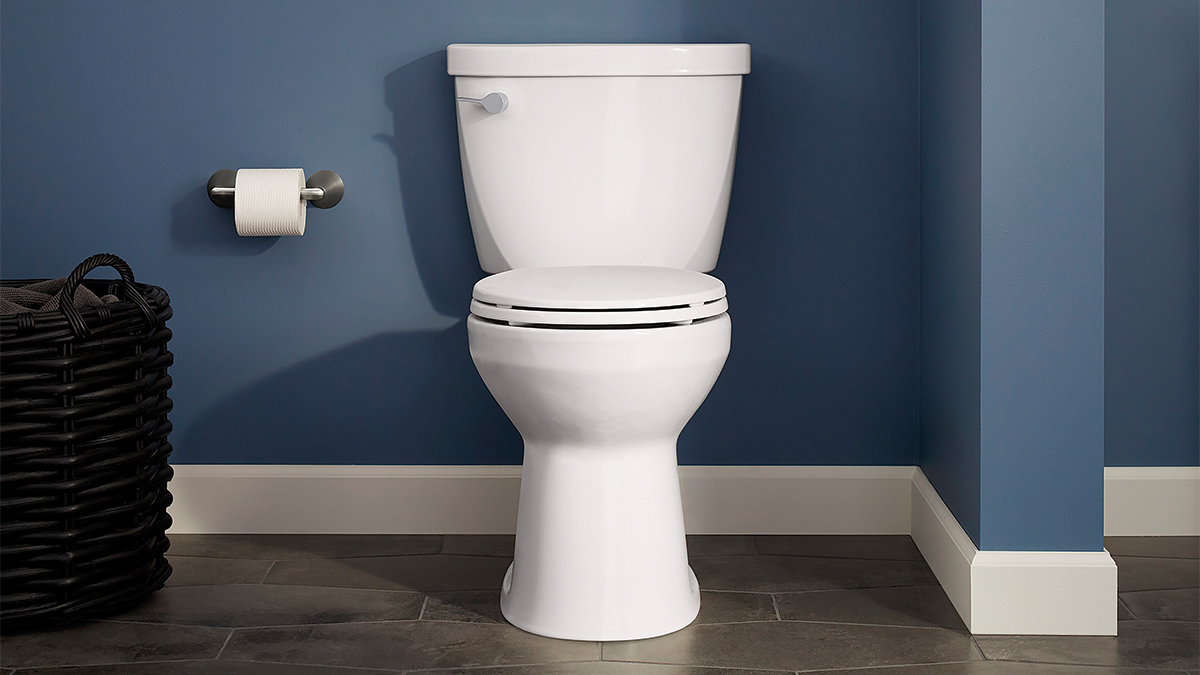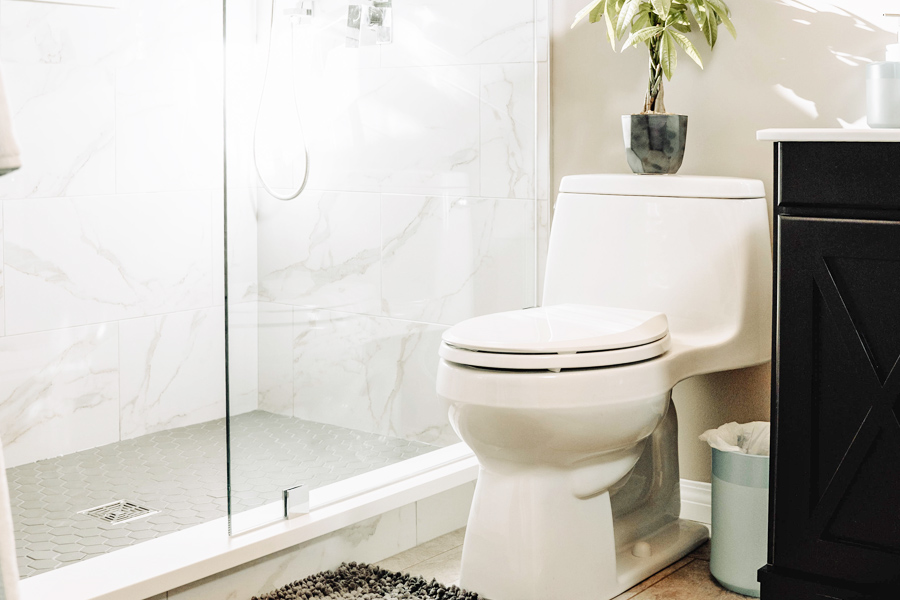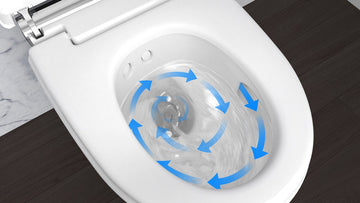In the quest for sustainability and cost-saving measures, many homeowners and industries are turning to innovative plumbing solutions. One such option that has garnered significant attention is the dual flush toilet. But is a dual flush toilet more efficient in real-world scenarios? This article delves into the intricacies of dual flush systems, exploring their efficiency and impact on water conservation.

Understanding the Dual Flush Toilet
The dual flush toilet, as its name suggests, offers two flush options: a low-volume flush for liquid waste and a higher-volume flush for solid waste. This design innovation allows users to choose the appropriate water usage per flush, promoting water conservation. But how does this translate to efficiency?
Water Conservation: The Core of Efficiency
Traditional toilets use a fixed amount of water per flush, typically around 1.6 gallons. In contrast, a dual flush toilet can use as little as 0.8 to 1.1 gallons for liquid waste and 1.6 gallons for solid waste. This flexibility in water usage not only reduces water consumption but also aligns with environmental goals. According to the EPA's WaterSense program, dual flush toilets can save up to 4,000 gallons of water annually for an average household.
Cost Savings: More Than Just a Water Bill Reduction
While the primary aim is water conservation, dual flush toilets also offer significant cost savings. By reducing the amount of water used per flush, homeowners can see a noticeable decrease in their monthly water bills. In addition, some regions offer rebates for installing water-efficient fixtures, further offsetting the initial investment cost. For more insights on cost comparisons, check out this water-saving toilet cost comparison.
The Environmental Impact of Dual Flush Toilets
The environmental benefits of dual flush toilets extend beyond water conservation. By reducing the amount of water flushed, these toilets decrease the demand on water treatment facilities, leading to lower energy usage and reduced greenhouse gas emissions. This aligns with global efforts to mitigate climate change and preserve natural resources.
Design Innovations in Dual Flush Systems
Modern dual flush toilets boast several design innovations that enhance their efficiency. Features such as advanced flushing mechanisms, smoother bowl surfaces, and efficient water distribution systems all contribute to more effective waste removal with less water. For a deeper dive into how these toilets are designed for conservation, see toilets designed for water conservation.
Installation and Maintenance Considerations
When considering a transition to a dual flush toilet, installation and maintenance are critical factors. While many modern models are designed for easy installation in existing plumbing setups, it is essential to ensure compatibility and proper installation to maximize efficiency. Regular maintenance, including checking for leaks and ensuring proper seal integrity, can further enhance performance.
Challenges and Misconceptions
Despite their benefits, dual flush toilets are not without challenges. Some users report difficulties with achieving a complete flush, leading to multiple flushes and negating the water savings. However, these issues are often model-specific and can be mitigated with proper selection and maintenance. For a comprehensive guide on how water-saving toilets work, explore how water-saving toilets work.
Is a Dual Flush Toilet the Right Choice for You?
Ultimately, the decision to switch to a dual flush toilet depends on individual needs and priorities. For those committed to reducing water usage and lowering utility bills, the efficiency of dual flush systems is undeniable. However, it is crucial to consider factors such as upfront costs, installation, and ongoing maintenance when making a decision.
Benefits Beyond the Bathroom
The adoption of dual flush toilets is a step towards holistic water conservation efforts. By making small changes in daily habits, individuals and organizations can contribute to a larger environmental impact. For additional water-saving tips, visit 10 ways you can conserve water at home.

FAQs
- How much water can I save with a dual flush toilet? A dual flush toilet can save up to 4,000 gallons of water annually, depending on usage patterns.
- Are dual flush toilets more expensive to install? While the initial cost may be higher, savings on water bills and potential rebates can offset these expenses.
- Do dual flush toilets require special maintenance? Regular maintenance checks for leaks and proper sealing are recommended to ensure optimal performance.
As the global focus on sustainability intensifies, the adoption of efficient plumbing solutions like dual flush toilets becomes increasingly vital. By choosing to invest in such innovations, individuals and industries alike can play a crucial role in conserving water and promoting environmental sustainability.






